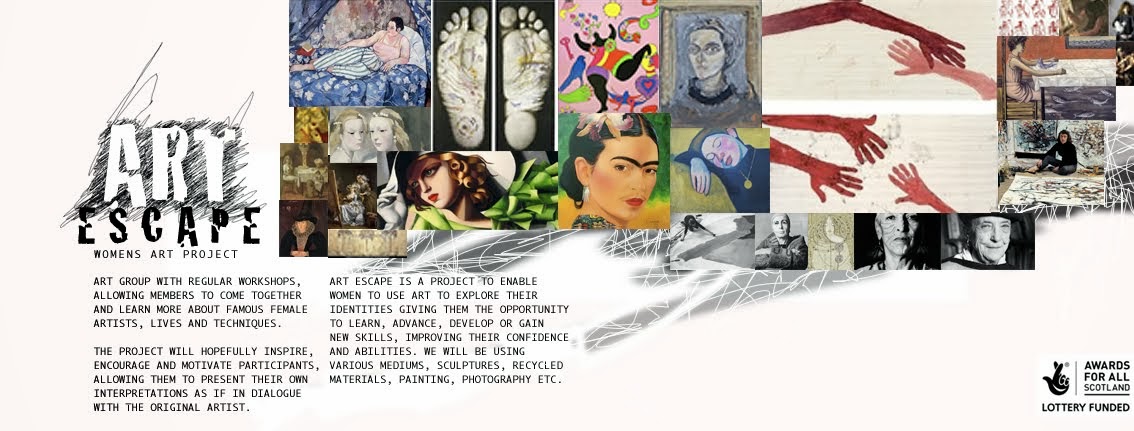Frida Kahlo de Rivera was a twentieth-century Mexican painter who is best known for her self-portraits. Kahlo's life began and ended in Mexico City, in her home known as the Blue House which is now a museum. Her
art was described as naive, folk art or surrealist, but Frida believed
that her work reflected more of her reality than her dreams.
Frida
contracted Polio when she was 6 years old which left one leg shorter
than the other. The main event that changed her life was in 1925 when
she was in a bus accident. She had injuries to her right leg, pelvis and
she could no longer have children. She had a total of 35 operations
which left her constantly in pain and stopped her from being a doctor,
her dream. Because of this she had to spend quite a lot of time in
hospitals and at home recovering what made her quite isolated. This
isolation what was motivated her to start painting and influenced her
art. She painted pictures of her suffering and of herself. "I paint
myself because I am so often alone and because I am the subject I know
best".
She was influenced by indigenous Mexican culture which
is apparent in her use of bright colors, dramatic symbolism and
primitive style.
She was married to Diego De Rivera
who at that time was a famous artist and was the one who encouraged her
to take seriously her career as a painter. Often she was remembered only
as Diego Rivera's wife.
Frida was a feminist icon, she
reflected in her paintings issues as abortion, miscarriage, gender,
gender inequalities, feminine beauty ideals, etc. Frida was an
extraordinary individual who like to live in constant self-expression.
Frida considered herself to be an individual, not really choosing to
self-identify with a particular sex, an individual who could potentially
embodying both genders with her dualistic personally. By trying to take
on two gender roles at once she is constantly advocating for both sexes
and ultimately helping us to deconstruct our false gender dichotomies.
An example of this is the fact that she liked to wear her monobrow
(normally seen as masculine) proudly even though societal norms expected
her to separate it. I think this to be very revolutionary for a woman
of her time. She was also known to dress in men's clothing and even cut
her hair "like a man" once.
Who am I?
Frida Kahlo asked this to herself and so do I. She was brave. She told
the world who she was.That's why I like Frida. Despite the fact
sometimes she was described as a "quietly suffering female" because she
was the victim of a patriarchal culture, victim of a bad relationship
with his husband and also victim of a horrific accident she managed to
find her way to survive and to be true to herself and she reflected this
in her paintings.
She wasn't afraid of "breaking the
rules" of society, what you're expected to be, the way you have to look
for being a woman, she didn't believe in the idea of gender either and
she had relationships with man and woman. She was just herself, that's
why I find her paintings really empowering. Because she didn't fit in
the box at that time and she didn't want to that's why she created her
own world, she created her identity and her self-image and she used art
to relieve and express her pain, art as an escape. (Virginia Rodriguez)

